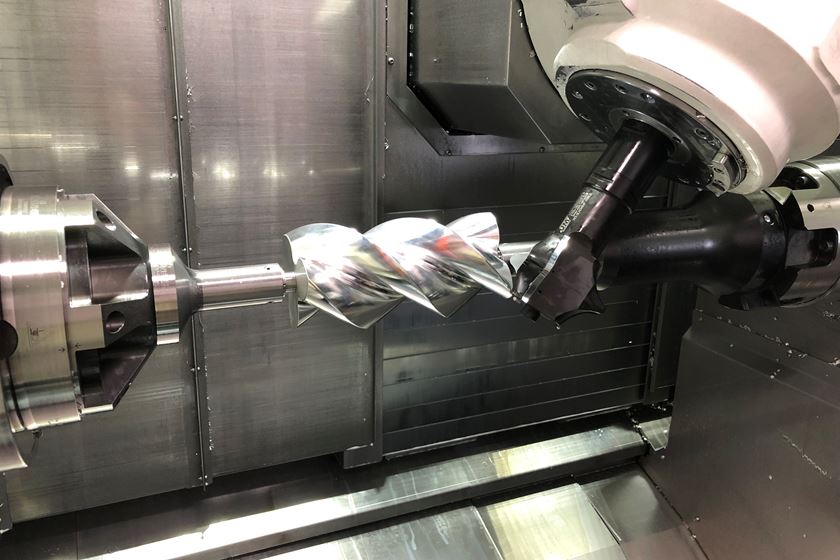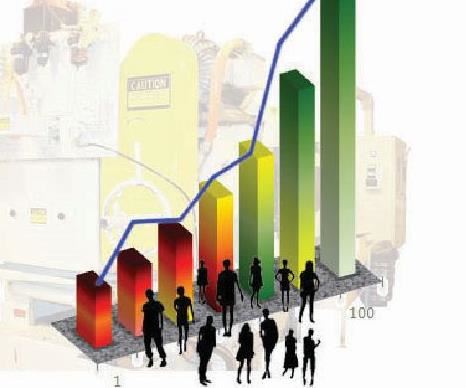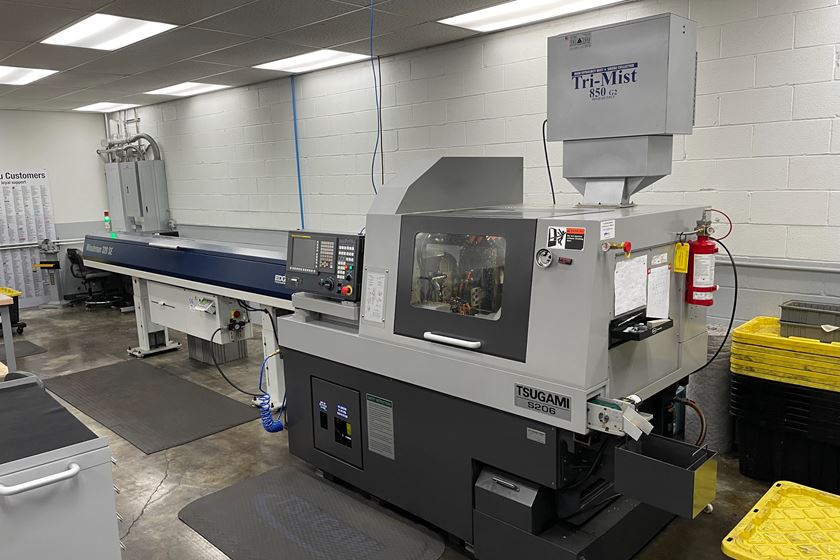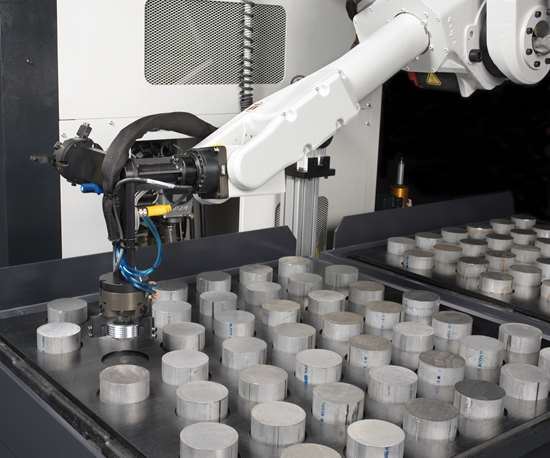Things I Learned At Steel Success Strategies XX
I recently attended the Steel Success Strategies conference in New York City. My purpose was to find out what is going on in the world markets for our steel raw materials. The following comments were of such broad interest and applicability, I thought I’d pass them along for your review.
I recently attended the Steel Success Strategies conference in New York City. My purpose was to find out what is going on in the world markets for our steel raw materials. The following comments were of such broad interest and applicability, I thought I'd pass them along for your review.
- Profit opportunities are company-specific, not industry-specific. In any industry, there are winners and losers. Winners will shape the industry future both short- and long-term. How are you shaping your company's future?
- One ton of steel has 45 minutes of labor at U.S benchmark mills for flat roll. What is your company's labor content per 10,000 parts?
- When you raise the price of what you sell to your customer, you are not raising the price to their competitors, wherever they may be. When prices go up on one item, that makes its alternative relatively cheaper.
- Bigger is not always better. Better is being the right size for the right market in the right place. Focus on service, not size. Small and niche are viable models. Growth for growth's sake is not the goal. We want growth to drive earnings.
- 无论业务需要什么,一个机会bound. Maximize the capabilities and facilities. Leverage technology. Seek alliances.
- De-bottlenecking processes is probably equal to growth in demand. We should work on demand, not supply.
- All competition is now global. Technologies support globalization. Technological leadership is difficult to sustain.
- Worst strategy: Produce low value-added materials in a high-cost region.
- The only thing better than expertise in anti-crisis and post-crisis management is the ability to focus on discovering and solving customer's problems "pre-crisis."
- Pricing that recovers the full cost of capital is the one clear indicator that management is actually adding value to the enterprise.
- It's not the price itself that is the issue. The issue is: Does the price put me at a disadvantage to other suppliers?
- Latent capacity is capacity that is present but not in use. Latent capacity increases cost.
- One definition of sustainability is co-prosperity with customers.
- Our customers are getting more global. We need to be responsible to supply high-quality products to them, wherever they are.
Many challenges lie ahead. In the United States, we've had 29 years of sustained trade deals. None of these have ever "revitalized American manufacturing" as their proponents have claimed. Why do we continue to repeat these follies?
—Precision Machined Products Association











